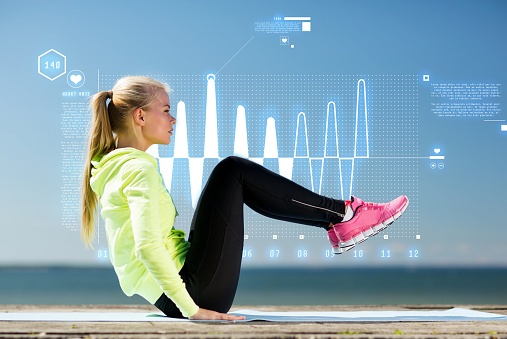 What if I told you that I had a drug that could help cure the majority of your ailments, make your workday and life more productive, and help you sleep better? How much would you pay for this drug? But wait, there’s more! This drug can also
What if I told you that I had a drug that could help cure the majority of your ailments, make your workday and life more productive, and help you sleep better? How much would you pay for this drug? But wait, there’s more! This drug can also
- Increase blood flow to the brain, creating new blood vessels.
- Help you withstand fatigue.
- Decrease depression.
- Improve memory.
- Quicken learning time.
- Increase bone density.
- Help wounds heal faster.
- Improve eye health.
- Produce weight loss and fat cell shrinkage.
- Slow the aging process.
- Extend your life span by as many as 5 years.
- Decrease the risk for heart disease, type-2 diabetes, COPD, CHF, and Alzheimer’s disease (that’s right, it’s currently the only known medicine to delay and even combat this disease).
- Elicit feelings of joy and victory.
If I told you I had a drug that could do all that and more, would you consider it a wonder drug? I know I would! How much would you pay for that drug? Also, the most serious side effects of this drug are an increase in appetite and some muscle soreness from time to time. Now how much would you pay? What if I told you most forms of this drug are FREE? That’s right, EXERCISE is the drug I am referring to, but you figured that out already, didn’t you?
You may also be saying to yourself, that’s easy for a fitness professional to proclaim all those benefits of exercise, but it’s science, not my personal feelings about exercise. And if only the medical community and our society would listen to the science, Americans might not spend $3.35 trillion this year in health care, an all-time high! The U.S. spends more on health care than all other high-income nations, yet we are still the most unhealthy and diseased country. I’m not a scientist, but something doesn’t seem right about that equation.
But back to this drug that can do all the above and won’t even come close to touching that $3 trillion mark—EXERCISE! Here’s a quick rundown of what we know about exercise and its disease prevention impact.
The Science
In a 2016 special edition of TIME magazine, you can read about the science of exercise. It also tackles the idea of exercise as medicine, looking at the notion from several angles and different vantage points. Here is just a little of the science surrounding exercise and how it truly is a super drug.
- In 2011 a team led by Mark Tarnopolsky studied genetically diseased mice that caused them to age prematurely. Half the mice were sedentary and the other half ran on a treadmill for 5 months. At the study’s end, the sedentary mice were barely hanging on, and the active mice were “nearly indistinguishable” from healthy mice, even though they were suffering from this genetic disease.
- According to a 2006 University of Georgia review of 70 studies, it was found that regular exercise increases energy and reduces fatigue in adults of all ages with various health conditions and healthy ones as well—even those who suffered from ailments that cause fatigue, such as fibromyalgia.
- Research shows that the less you move, the higher your risk for just about every health problem increases substantially.
- Data from the National Weight Control Registry, which is an ongoing decades-long study, shows that people who lose a considerable amount of weight maintain the loss in part by exercising most days of the week.
- A 1999 Duke University study found that adults suffering from depression who did 45 minutes of aerobic exercise three times per week improved their mood as much as individuals who took the antidepressant Zoloft instead of exercise.
- In a three-month study, Martin Gibala tested how effective a 10-minute workout could be compared to the standard 50-minute session. The shorter workouts resulted in identical improvements in heart function and blood-sugar control.
The Prescription
The current guidelines from the American College of Sports Medicine (ACSM) recommend getting 150 minutes per week of moderate-intensity aerobic exercise or 120 minutes a week of moderate–vigorous aerobic exercise, or a combination of both. The ACSM, myself included, also highly recommend strength and endurance training as a part of a balanced exercise program.
A lot of activities count as exercise that many don’t realize, and people feel that they have to have an extensive exercise program and fancy health club to exercise. But we really just need to move. Now don’t get me wrong, I strongly recommend seeking the counsel of a fitness professional to help get you on your way to a healthier lifestyle or to redefine your current fitness level and aspirations. But until then, the prescription to stay healthy is simply to increase your movement throughout the day.
If you are unable to dedicate 30 straight minutes a day, break it up into three 10-minute sessions. We should all be able to spare 10 minutes to be able throw away the bottle of pills. Don’t forget that lawn work constitutes exercise, and so does taking the stairs.
Here are a few more physical activities that can allow anyone to meet the standard recommendations for exercise and physical activity: Walking, household chores, dancing, golf, basketball, tennis, volleyball, hiking, jogging, running, shoveling snow, raking the lawn, carrying heavy loads, biking, cross-country skiing, swimming, soccer… the list goes on and on! There are so many options to get the recommended amount of exercise for health. Choose the one that you enjoy and go do it!
The Takeaways
Until recently, the healthcare system was inching toward a model of value-based care as opposed to volume-based care, and docs and hospitals were essentially going to be penalized for longer patient stays and reoccurring patient visits. On the surface, that makes a great deal of sense to me; if you are not helping a person get back to being healthy, you shouldn’t be rewarded for it. I’m also not naïve enough to think there are not a lot of “hands in the pot” when it comes to healthcare, and many have a say as to the logistics of the current health care system. But the ACSM, with the Exercise Is Medicine initiative, have their heels on the ground marching toward the value-based system that will hopefully create real change in the health of our nation. I’m sure you can agree that a change of this magnitude will take some time, but there are some things we can be doing in the meantime.
First and foremost, talk to your doctor about how exercise can help you with any current conditions or battle future ones. If your doctor is unable to give you the advice you need, remember, they are not fitness experts. Seek out the assistance of a fitness pro to help. More simply, get up and move, and take someone with you! We can all help create change.
Hippocrates wrote many years ago that “Eating alone will not keep a man well. He must also take exercise.” We knew then what we should be practicing now: exercise is the true medicine for the ailments that plague mankind these days. So instead of looking at the next prescription drug label, let’s take a walk and talk about how we can be truly healthy by using exercise as medicine.

This blog was written by Tony Maloney, ACSM Certified Exercise Physiologist. To find out more about the NIFS bloggers, click here.
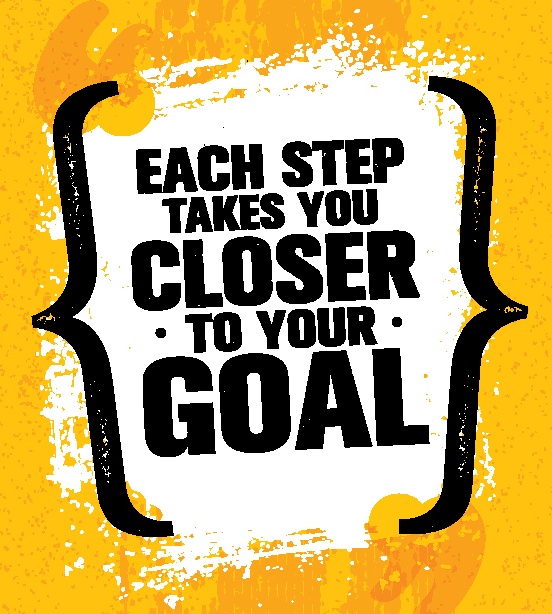 Some people in this world are really good at staying committed to something they have started, but there are many others who struggle with meeting a goal or expectation that they have set for themselves, then actually following through with it to completion. It can be a challenge to hit those markers if you cannot seem to stay committed to something, which in turn leads to discouragement, a sense of failure, and feeling defeated.
Some people in this world are really good at staying committed to something they have started, but there are many others who struggle with meeting a goal or expectation that they have set for themselves, then actually following through with it to completion. It can be a challenge to hit those markers if you cannot seem to stay committed to something, which in turn leads to discouragement, a sense of failure, and feeling defeated.

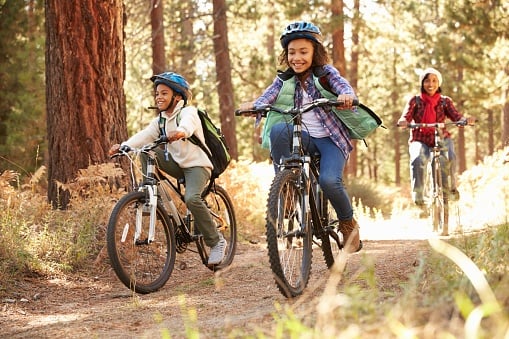 In Indiana, we experience all four seasons (sometimes all in the same day!). Your outdoor training and exercise regimen can be effected significantly by the season. While summer can be a fun, exciting time, exercising outdoors can be daunting and somewhat risky. While making sure you have
In Indiana, we experience all four seasons (sometimes all in the same day!). Your outdoor training and exercise regimen can be effected significantly by the season. While summer can be a fun, exciting time, exercising outdoors can be daunting and somewhat risky. While making sure you have 
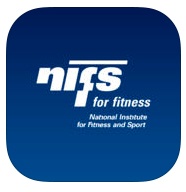 Maybe you have found your favorite app to log your workouts, whatever that may be; using a phone makes it so much easier than logging it into a notebook. If you haven’t taken time, download the NIFS app and enjoy many benefits aside from the ones that are listed above. Some of those include: using your phone to scan in at the desk, monthly challenges with great prizes, setting goals, logging workouts, utilizing deals and finding out extra things that may be going on at NIFS, and receive push notifications for important updates!
Maybe you have found your favorite app to log your workouts, whatever that may be; using a phone makes it so much easier than logging it into a notebook. If you haven’t taken time, download the NIFS app and enjoy many benefits aside from the ones that are listed above. Some of those include: using your phone to scan in at the desk, monthly challenges with great prizes, setting goals, logging workouts, utilizing deals and finding out extra things that may be going on at NIFS, and receive push notifications for important updates!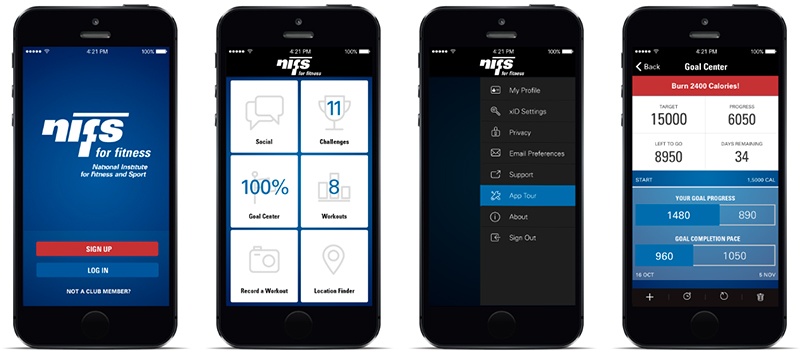
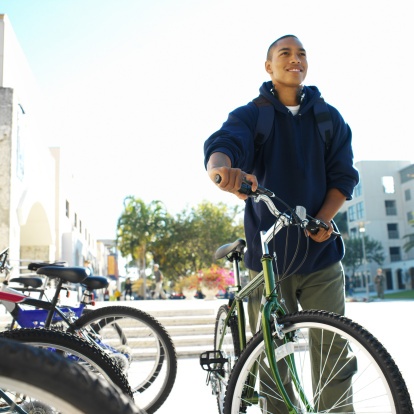 With busy class schedules, homework, exams to study for and papers to write, not to mention wanting to have something of a social life, trying to stay fit in college can really be a challenge. On top of this, many students hold some form of a job where they work between 10 and 25 hours on any given week. Whether you are an undergrad or graduate student, the same thing applies. When all this stuff is on your plate and the schedule continues to fill up, one of the first things that tends to get pushed to the side is getting to the gym!
With busy class schedules, homework, exams to study for and papers to write, not to mention wanting to have something of a social life, trying to stay fit in college can really be a challenge. On top of this, many students hold some form of a job where they work between 10 and 25 hours on any given week. Whether you are an undergrad or graduate student, the same thing applies. When all this stuff is on your plate and the schedule continues to fill up, one of the first things that tends to get pushed to the side is getting to the gym! What if I told you that I had a drug that could help cure the majority of your ailments, make your workday and life more productive, and help you sleep better? How much would you pay for this drug? But wait, there’s more! This drug can also
What if I told you that I had a drug that could help cure the majority of your ailments, make your workday and life more productive, and help you sleep better? How much would you pay for this drug? But wait, there’s more! This drug can also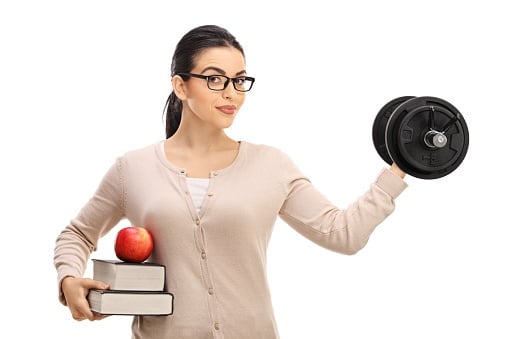 Welcome back to school! Or, if you are new to the college experience, welcome to your first adventure in time management and balancing your life. This not only includes your academics and social life, but other areas that go under the radar as less important. I’m talking about fitness and wellness. College and university fitness centers are usually well populated with individuals with a wide variety of goals ranging from stress reduction to spring break abs, to meeting people.
Welcome back to school! Or, if you are new to the college experience, welcome to your first adventure in time management and balancing your life. This not only includes your academics and social life, but other areas that go under the radar as less important. I’m talking about fitness and wellness. College and university fitness centers are usually well populated with individuals with a wide variety of goals ranging from stress reduction to spring break abs, to meeting people.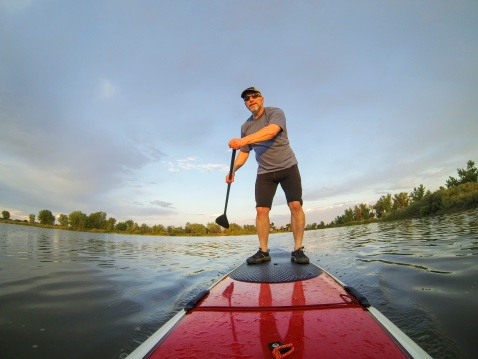 This is a great time of year to get out and do some fitness activities that you do not get to do year round, living in an Indiana climate. As the weather turns, the opportunity for some watersports becomes more realistic. While there are many different things you can do for exercise on the water like kayaking, canoeing, and swimming, my all-time favorite outdoor activity is paddleboarding. The benefits of
This is a great time of year to get out and do some fitness activities that you do not get to do year round, living in an Indiana climate. As the weather turns, the opportunity for some watersports becomes more realistic. While there are many different things you can do for exercise on the water like kayaking, canoeing, and swimming, my all-time favorite outdoor activity is paddleboarding. The benefits of 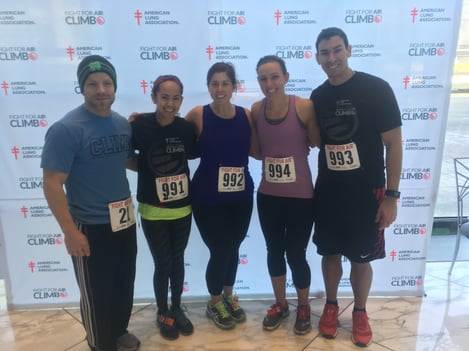 A few years back I participated in my fourth
A few years back I participated in my fourth 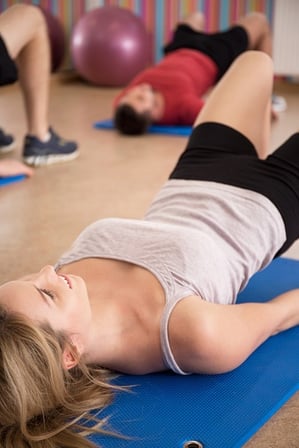 The benefits and importance of developing the glutes in sports performance, fitness, and physique is a popular topic these days and has been for quite some time. In fact, an entire industry is built around shaping the perfect backside for some, and developing the most powerful athlete for others.
The benefits and importance of developing the glutes in sports performance, fitness, and physique is a popular topic these days and has been for quite some time. In fact, an entire industry is built around shaping the perfect backside for some, and developing the most powerful athlete for others. 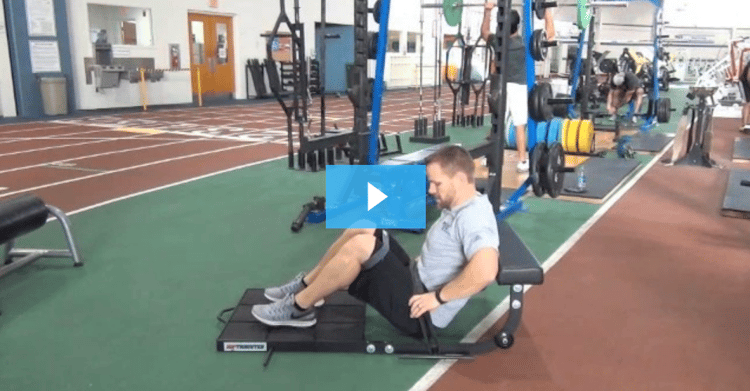
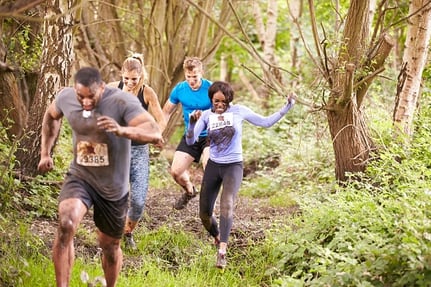 The weather is getting warmer; people are starting to take their running from the treadmill to the streets and training for upcoming spring races. With the warmer weather comes endless options for races to run and events to participate in. Maybe you are up for a new fitness challenge this year, a type of race that you have never tried before.
The weather is getting warmer; people are starting to take their running from the treadmill to the streets and training for upcoming spring races. With the warmer weather comes endless options for races to run and events to participate in. Maybe you are up for a new fitness challenge this year, a type of race that you have never tried before.